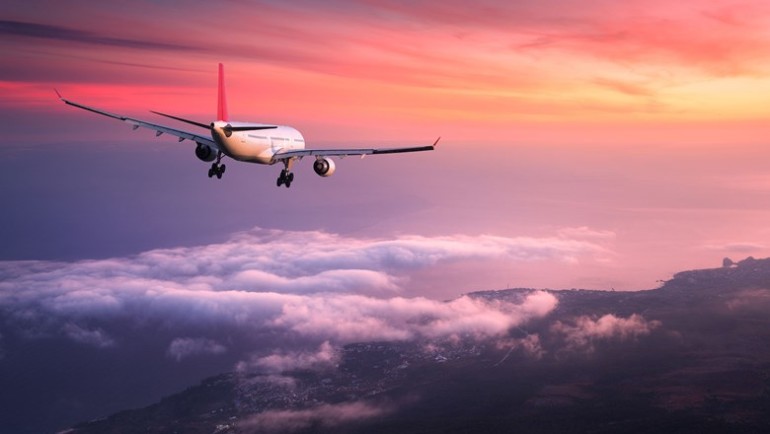Sponsored Listings:
President Donald Trump and treasury secretary Steve Mnuchin promised anew Tuesday that the federal government will buoy U.S. airlines against the deep losses from a clampdown on travel due to the Covid-19 virus.
But as policymakers consider the request by the Airlines for America (A4A) trade group for a rescue package of $50 billion in grants and government-backed interest-free loans for passenger carriers, other industry stakeholders are calling for the imposition of new regulations on airlines in exchange for any federal aid package they receive. They are also demanding that federal relief focus sharply on the airline workforce.
“We are pushing for any relief to include restrictions on stock buy backs, dividends, executive bonuses, using funds in any way to undermine worker rights — in addition to other key provisions for long-term protections for workers, our families, our contracts, and our jobs,” said Sara Nelson, who heads the Association of Flight Attendants-CWA.
Nelson also called for relief to be structured so that furloughed workers continue to receive paychecks and healthcare.
Other industry unions have made similar pleas. In a letter to Trump, House speaker Nancy Pelosi and Senate majority leader Mitch McConnel, Air Line Pilots Association (ALPA) president Joseph DePete wrote, “We are unequivocal that any economic relief package must contain strong labor protections for the airline employees who have — or will — suffer financial harm, experience quarantine or treatment, or need to care for a loved one.”
Similarly, the Service Employees International Union (SEIU), which represents contracted airline ground workers, such as cabin cleaners and wheelchair attendants, is calling for layoff protection, paid sick leave and affordable health care be included in any relief or bailout package.
A4A said Monday that its 10 members currently have combined liquidity of $39 billion. Still, the trade group projected that every cent of that could dry up during the second half of this year in the absence of federal aid. Even under the group’s optimistic scenario, liquidity would decline 59% by year’s end.
A $50 billion package would dwarf the $15 billion airlines received from the Bush administration in the aftermath of 9/11. Despite the aid, most major U.S. airlines declared bankruptcy after 9/11.
At a press briefing Tuesday, Mnuchin said that the Covid-19 crisis is worse for airlines than 9/11, but he said the administration is focused sharply on assisting carriers.
“The airline industry will be in good shape,” added Trump.
Critics, nevertheless say that airlines haven’t done enough to prepare themselves for this crisis during their run of record profits over the past several years. U.S. carriers recorded net profits of more than $97 billion beginning with 2013 and extending through the third quarter of last year, which is the last quarter for which the Bureau of Transportation Statistics has released data.
But during the last six years, American, United and Delta alone have spent $31.3 billion on share buybacks, according to figures provided by House transportation committee chairman Pete DeFazio (D-Ore.) during a January hearing.
“Travelers United finds the plight of airlines amazing, especially with their tens of billions of dollars of profit over the past few years,” said Charlie Leocha, CEO of consumer group Travelers United.
Consumer advocates have joined unions in calling for new constraints on airlines as part of any relief package for the Covid-19 crisis. On Monday, Sen. Edward Markey (D-Mass.), a frequent airline critic, called for any infusion to airlines to include limiting change and cancellation fees, protections for airport workers, the development of long-term emissions targets and special consideration for regional carriers not represented by A4A.
Leocha said airlines should be required to more clearly disclose all costs, including ancillary fees, cancellations fees and change fees and those fees should be reasonable, matching airline costs. He also called for other measures, including reducing the major airline dominance of landing rights at capacity-constrained airports and providing clearer recourse for aggrieved airline passengers.
Source: travelweekly.com










